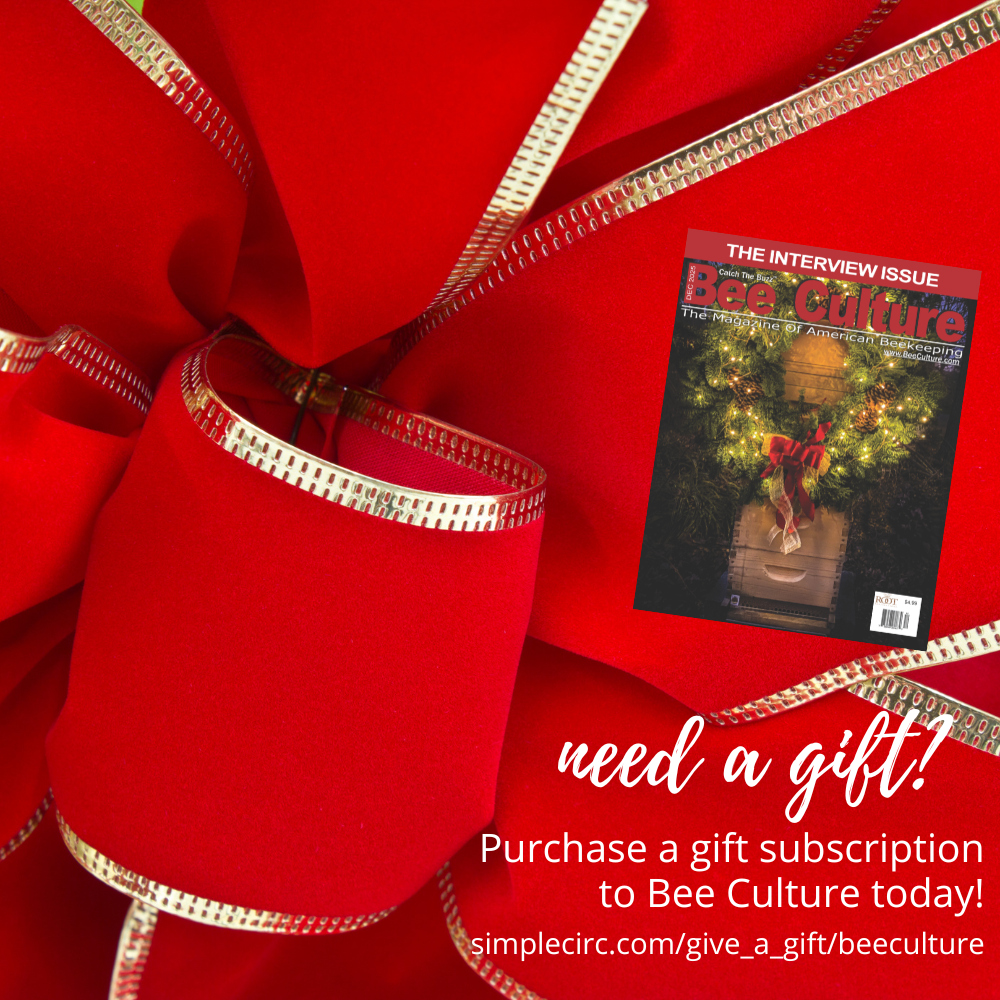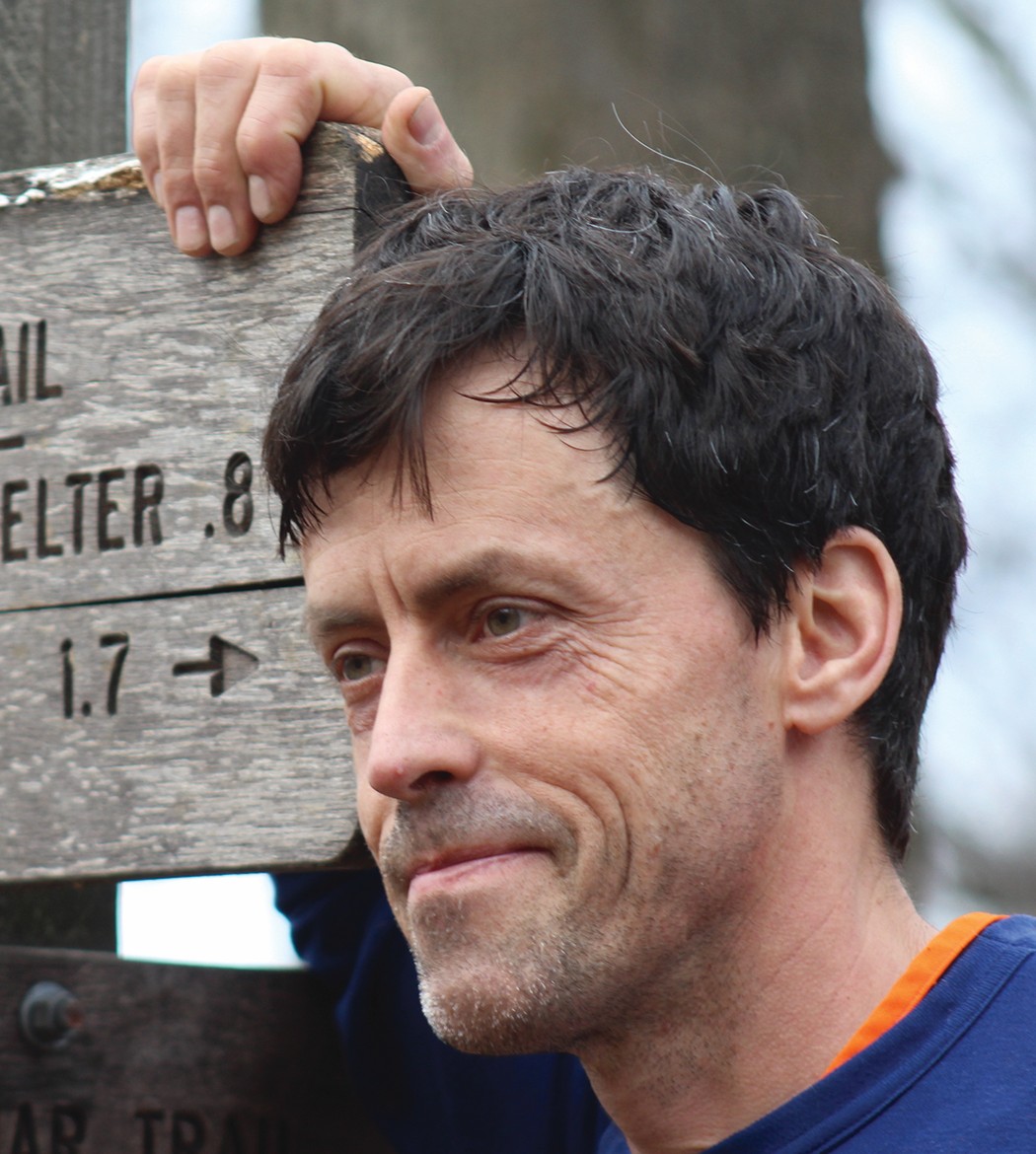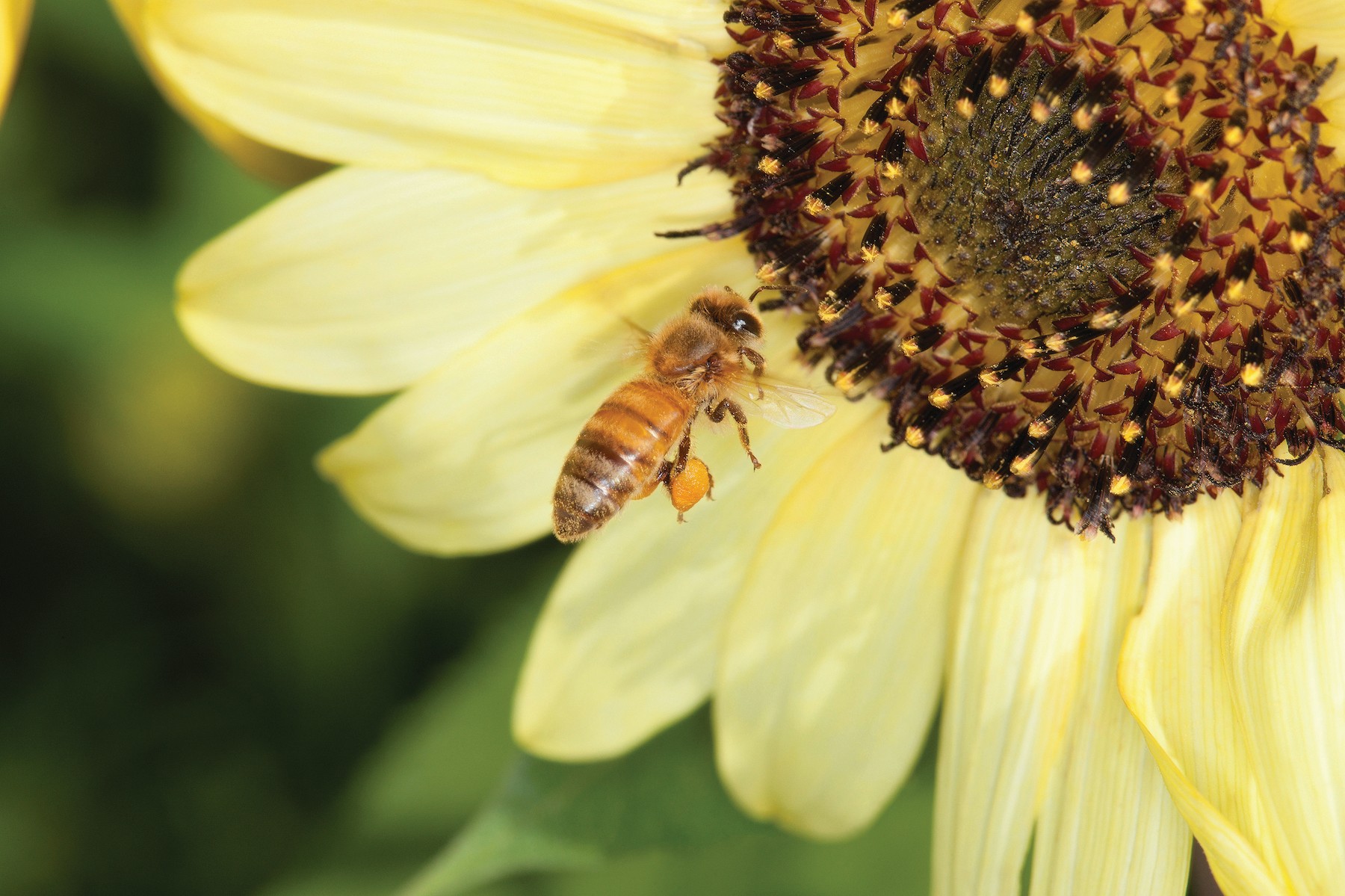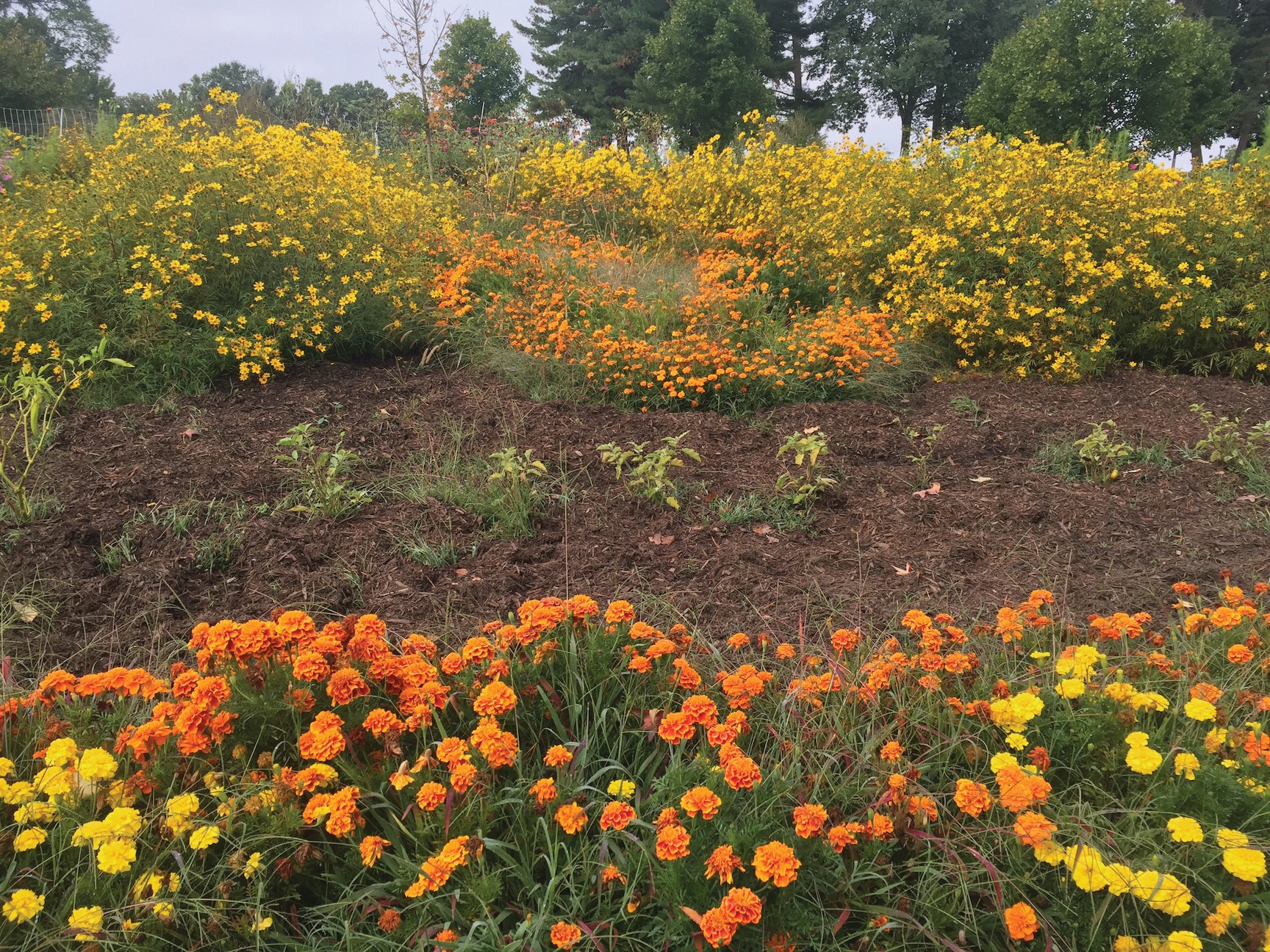Food And The Thinking Bee
Jay Evans, USDA Beltsville Bee Lab
Honey bee foragers get cues from dancing nestmates, colony stores, and the gaping mouths of thousands of developing larvae as they make foraging decisions. But while these social cues give foragers some incentive and a bit of a compass, the true roadmaps for their trips are more solitary. A bee leaving the hive with a vague trajectory relies on immediate cues such as landmarks, colors and scents (flowers are not spending their energy making fragrances for our sake!) to both find resources and make it back home. Bees do not forage in packs, so many of these refinements of foraging once a bee leaves the hive reflect individual decisions and individual acts. What makes a good forager good? And what is the bee thought process while they are on the wing?
Not surprisingly to those who study bees as beekeepers or scientists, bees get better at foraging as they mature. Simon Klein and colleagues tracked individual foragers to determine their foraging efficiency in their paper “Honey bees increase their foraging performance and frequency of pollen trips through experience, 2019, Scientific Reports Vol. 9 Issue 1, DOI: 10.1038/s41598-019-42677-x). Using hive-level monitors, they measured net foraging trips (average per bee was 19 trips across four or five days before they disappeared) as well as the weights and cargo of each bee as she left and returned, giving a precise measurement of nectar and pollen returns. About one quarter of the bees in the two study colonies collected pollen on at least one outing, and all of these bees also collected nectar or water at some point. As has been shown before, the colonies held a set of ‘elite’ foragers which both foraged for more days (more than twice as many as the average) and came back with food more times each day. Elite bees shared the nest with a larger set of low-impact foragers that dragged down the longevity and profitability averages significantly. The authors did not measure traits that separate these two classes but speculate that stressors such as pesticides and disease, along with genetics, might have led some bees to under-perform. It is of course likely that bad luck plays a part as well, even would-be ‘elites’ might have been picked off early by a wasp, bird, or lawnmower.
Getting back to bee learning, foragers in this study had greater success as they aged in terms of both trips-per-day and net weight gain on those trips, up until around their 9th day of foraging. These data are largely based on elites but when individual bees were tracked both elite and underperforming bees did a bit better in successive trips. Are they remembering good spots, more fit as fliers, or simply getting better at receiving cues before or after leaving the hive? Researchers have spent several decades teasing apart decision making by foraging bees, largely in honey bees and bumble bees. For bumble bees, one strong paper from 2011 by Mathieu Lihoreau and colleagues helped map the decision making of these bees as they set a course for different flowers (“Trade-off between travel distance and prioritization of high-reward sites in traplining bumblebees”, Functional Ecology 2011, 25, 1284–1292 doi: 10.1111/j.1365-2435.2011.01881.x). In a simplified environment (only five artificial flowers in total), bees foraged in a way that minimized the net time spent on the wing (‘traplining’). However, if one of these flowers was made to give a higher reward by increasing the sucrose concentration, bees shifted their foraging toward collecting the best food first while still trying to limit overall flight distances. These subtleties were retained for trip after trip, suggesting bees have a fine-scale memory down, in this case, to the level of individual flowers. This is certainly enough thinking for a honey bee or bumble bee arriving at a garden to target the plants most likely to give a quick reward.
In August, I wrote about the abilities of bees to ignore certain cues in their environments while focusing on those cues that were most relevant for their lives (work by Chelsea Cook https://scholar.google.com/citations?user=lGDvqJ8AAAAJ&hl=en, and others). Those studies showed that some bees, like some humans, are more likely to stay on task in a complex world. One of the environmental cues used to identify discriminating bees in this study was the presence of a particular smell. A recent study looks at the interplay between visual and olfactory (smell-based) cues a bee receives as she flies to food sources. This study, by Lisa Evans (no relation here) and colleagues, was published in Frontiers in Ecology and Evolution, in July, 2021, doi: 10.3389/fevo.2021.676289 (“Odour learning bees have longer foraging careers than non-learners in a natural environment”). Their goal was to see whether bees that were good at connecting particular smells to a food reward (sucrose was on the menu again) were also good foragers. The test the bees were given was to associate the smell of lemon oil (chosen because lemons were not part of the local landscape) with a sugar reward. Three-quarters of all tested bees passed this learning test while one quarter did not. As with ‘elite’ honey bees, bees that were learners ended up being better lifetime foragers. However, after a lifetime of measured foraging (80 bees in total), it did not seem to matter how accurately bees learned to associate the lemon smell with food, just that they could do so at all. This harkens back to some of the under-performing honey bees, which might be in that state because of disease or stress. Whatever the root causes of slow-to-learn bees, they seemed to be somewhat universal in that each of the five measured colonies had non-learners that ended up being poor foragers.
While these studies indicate the power of the individual in achieving a lifetime of bringing home the goods, what is fascinating for honey bees, of course, is that they make these individual decisions outside of the box after getting many insights from inside the box, before they leave home. With new techniques to observe bees inside their colonies and then follow them as they venture out, it will be fascinating to see how group and individual cues weigh on the minds of foraging bees. May you all learn some cues and lead happy productive lives inside and out.













